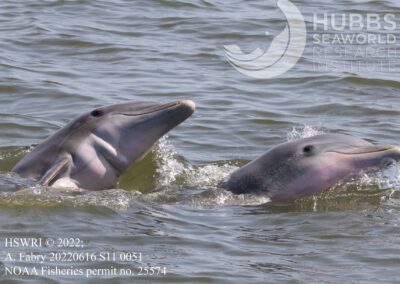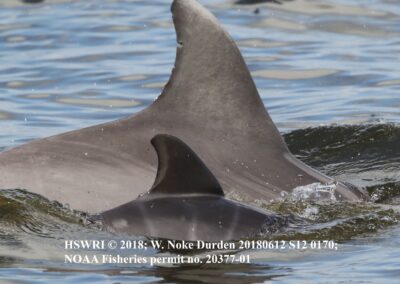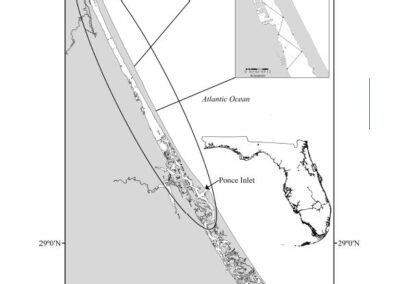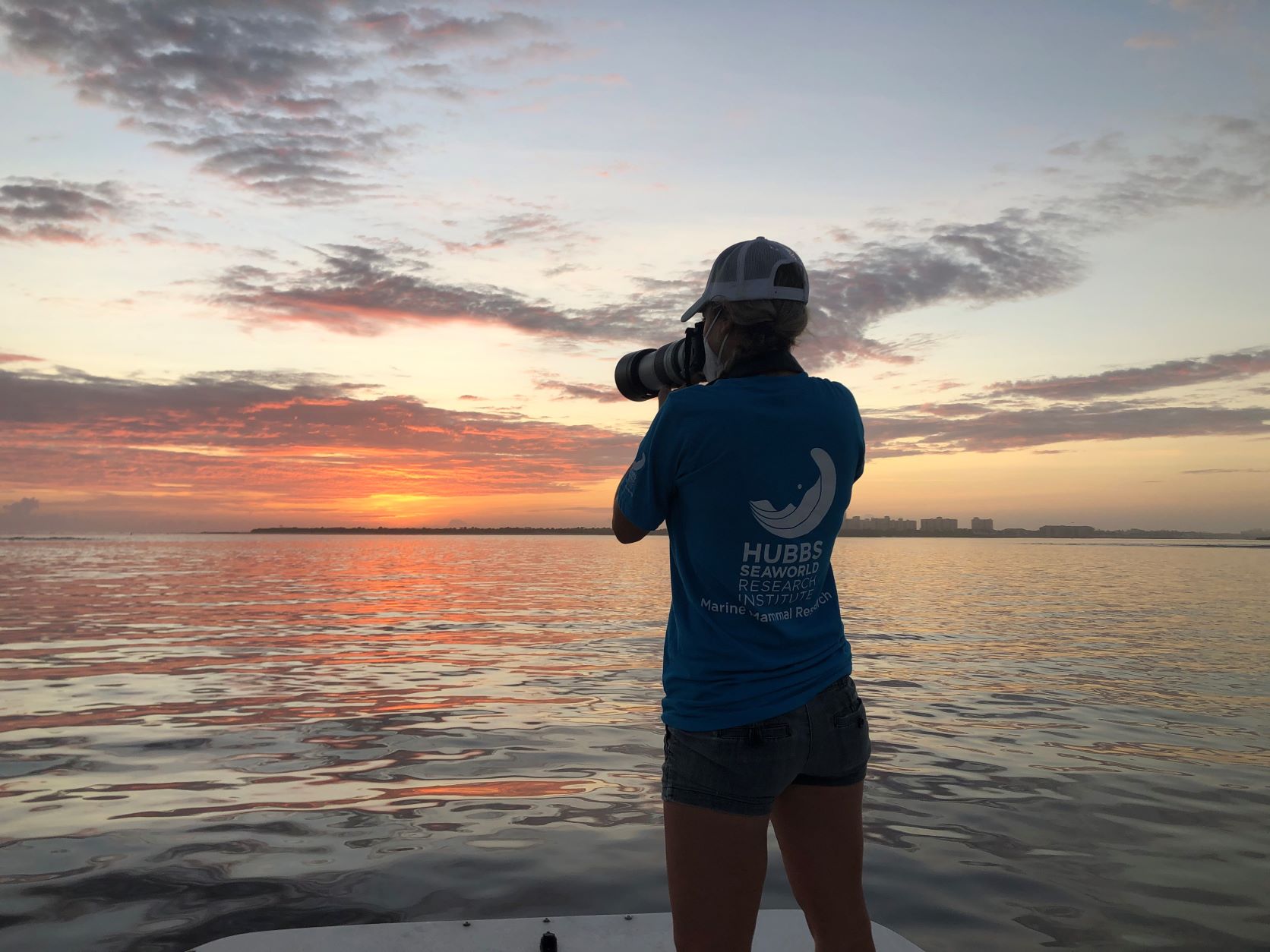
Dolphin social associations from calf to juvenile
In many long-lived mammalian species, association patterns between individuals have been found to influence sociality, behavioral traits, survival, and longevity. In common bottlenose dolphins (Tursiops truncatus), the early stages of development are of particular importance as associations experienced as dependent calves may influence future association patterns. While behavioral characteristics associated with the transition from a dependent calf state to an independent juvenile state have been documented, there are limited studies that examine associations between these time periods. This study aims to document association longevity for bottlenose dolphins as they transition from calves to juveniles and determine the extent to which kinship plays a role in the development of these associations. Using social network analysis, a generalized linear mixed model (GLMM), and a tiered association scale, we found 53.7% of associations were retained from the calf to the juvenile phase. Kin were preferred associates in 46.15% of cases and found to be the top juvenile associate in 26.92% of cases. Identifying continuity in associations, particularly from the calving state to the juvenile state, is imperative as mammalian association patterns may influence community structure, disease transmission, reproductive success, and predict survival.
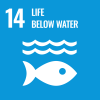 Publication:
Publication:
Greenfield, MR, WN Durden, TA Jablonski, LM Moreland, AC Fabry, LY Gemma, and HH Clifford. 2022. Associates from infancy influence post-weaning juvenile associations for common bottlenose dolphins (Tursiops truncatus) in Florida. Journal of Mammalogy. gyac063, https://doi.org/10.1093/jmammal/gyac063

